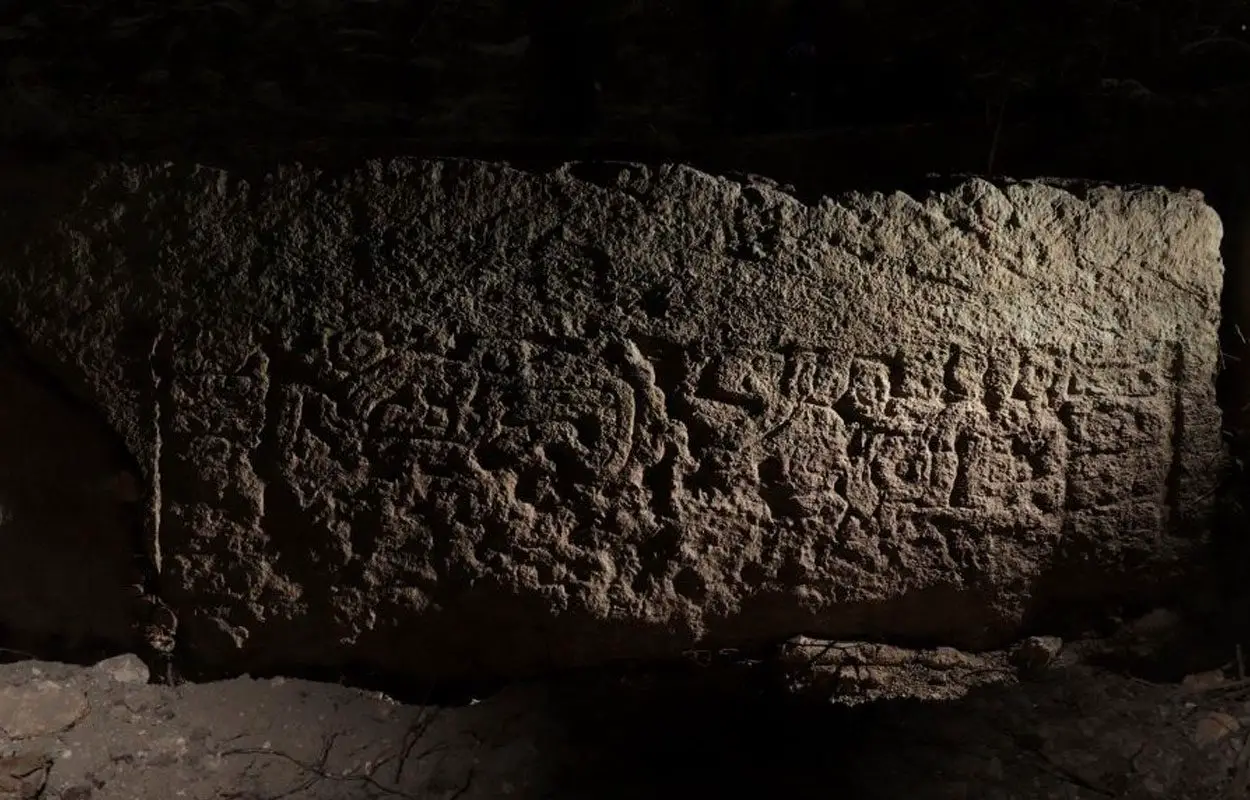Archaeologists from the National Institute of Anthropology and History (INAH) have uncovered an engraved relief at Ocomtún in the Mexican state of Campeche.
Ocomtún, meaning “stone column”, is a Maya city recently discovered in the Balamkú ecological reserve using high resolution photography and Light Detection and Ranging (LiDar).
The city covers an areas of around 123.5 acres and dates from around the Classic Period (AD 250-1000). By the 10th century AD, the population declined and the site was abandoned around the time of the Maya collapse, a period that saw the abandonment of many Maya cities in the southern Maya lowlands.
Various large buildings have been confirmed through a ground level inspection, including several pyramidal structures over 15 metres in height, plazas, elongated structures arranged in a concentric circle plan, and evidence of a ball game court.

A large causeway connects the southeastern part of the site to a cluster of buildings in the northwest where an 80 metre long rectangular acropolis is situated. Excavations have uncovered a large engraved megalithic stone block at the stairway in the northwest zone, measuring 1.82 metres in width and carved with scenes and Maya hieroglyphs.
The block was originally part of a large monument such as a stela, stairway or lintel, and is carved with imagery depicting a Maya captive, a zoomorphic representation of a mountain, and incomplete hieroglyphic text in bands of cartouches.
A closer examination of the text shows the logogram, ajaw , meaning “lord”, which alludes to a Mayan ruler or nobleman, and above are syllabograms that make the word Maatz’ – possibly meaning in combination, the “Lord of Maatz’”.
According to the researchers: “Maatz’ could correspond to the original name of Ocomtún or to another place, as the practice of relocating monuments was common in the Maya area. Similar cases have been found in Chactún, Cobá, Calakmul or Tikal.”
Excavations around the block also uncovered offerings, including a carved bone in the shape of an eight-pointed star, a bifacial flint point, and various ceramic fragments.
Header Image Credit : Octavio Esparza







